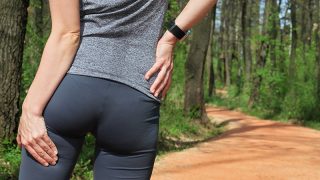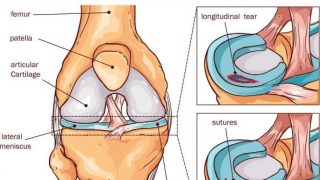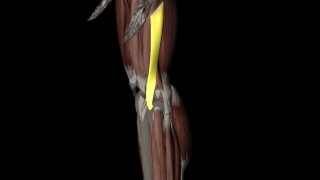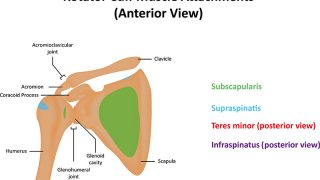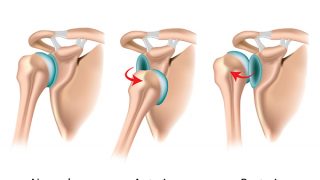Knowing what drives food addition is the key to learning how to break the habit. Working with a team of qualified health professionals such as your GP, psychologist and a dietitian/nutritionist will help in overcoming the addiction.
Author: 21designs
https://vimeo.com/541515181 Knowing what drives food addition is the key to learning how to break the habit. Working with a team of qualified health professionals such as your GP, psychologist and a dietitian/nutritionist will help in overcoming the addiction.
Hamstring strain injuries are extremely common, especially in athletes that complete activities involving kicking (such as soccer/football) and track + field. In AFL, hamstring strains hold 15% of all injuries
A meniscus injury occurs when the stress generated by the knee exceeds the meniscus’ ability to resist forces (this is usually a combination of flexion and rotation).
Iliotibial band (ITB) friction syndrome is an overuse injury whereby there is friction between the band and the underlying lateral epicondyle of the femur (thigh bone).
The four rotator cuff muscles arise from the scapula (shoulder-blade) and connect to the head of the humerus (arm bone). There is an increased risk of tendinopathy in athletes / people involved in repetitive overhead movements and likelihood of injury increases with age
Shin splints is an irritation and overload of the muscles in the front of your leg. Shin splints are extremely common in runners and people who play sport involving running / jumping.
A shoulder dislocation is usually via a traumatic/forceful injury, including a forceful knock or landing awkwardly onto the arm or shoulder. Shoulder dislocations may also be caused by instability which is more common (however definitively) with history of previous dislocation.

